Verdict
Quality of life and balancing changes set the stage for the next ten years of Rainbow Six Siege X, forging strong foundations that bring the FPS game roaring into 2025, but retreading old ground with map and operator remasters feels like it’s running out of mileage. Fortunately, the 6v6 Dual Front mode breaks the mold with something new, and a reworked sound system will have you relearning the game as if it were Year One all over again.
All live service games are made with the mantra "if you build it, they will come," but Concord, Babylon's Fall, and Anthem are all cautionary tales that prove there are no guarantees. It would've been all too easy to pull the plug on Rainbow Six Siege back in 2015 after a troubled launch, but a decade of TLC has transformed the shooter into one of Ubisoft's most successful projects to date, and Siege X celebrates this triumph with a laundry list of patch notes.
Not quite a sequel in the same vein as Overwatch 2 or CS2, yet so much more than your run-of-the-mill seasonal update, Siege X is closer to a butterfly emerging from its cocoon: the same beast we all know but with a shinier look.

Starting with Operation Daybreak, Ubisoft is overhauling several maps per season, but not in the way we're used to. Tiding us over until another full rework at the end of the year, Bank, Border, Chalet, Club House, and Kafe Dostoyevsky all come wrapped in a bow with new textures and lighting, making the old stomping grounds a little easier on the eyes.
Interiors are reminiscent of Year One with darker tones replacing the flatter, washed-out look of seasons prior, albeit with a distinctly contemporary aesthetic. Unlike the freshman year, however, I can take gunfights to and from the great outdoors without feeling blindsided by daylight or the lack thereof.
This is further accentuated with a new, distinct outline around enemies in your chosen team colors. It's not a perfect solution, mind you, as hues bleed onto corners and objects in front of enemies, making them more visible than they ought to be. You'll also need to wave goodbye to custom games of hide and seek and Michael Myres as you once knew them, because there's no way to turn it off in the settings.
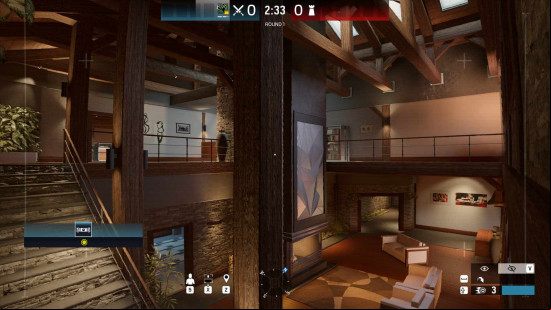
It's not all form, as new environmental destruction adds some function to the tweaked maps. One graze of a bullet against a fire extinguisher makes me feel like Batman fleeing a crime scene, as a fleeting poof of smoke gives just enough cover to relocate mid-gunfight. Meanwhile, flammable pipes act similarly to Goyo's Volcán Canisters, blocking entry with a stream of fire before popping ablaze. You can even temporarily stop metal detectors and their incessant beeping with a swift EMP or make it more permanent with an explosive if you don't mind throwing caution to the wind.
ittedly, none of these objects are true game-changers on their own, but they add another layer. Even defenders will need to consider their surroundings carefully because, like everything in Siege, it's a two-way street. If you don't pop the pipes prematurely in congested areas like Kafe's Bakery, it could well be game over if you decide to hold it and find a grenade flying past your peripheral.
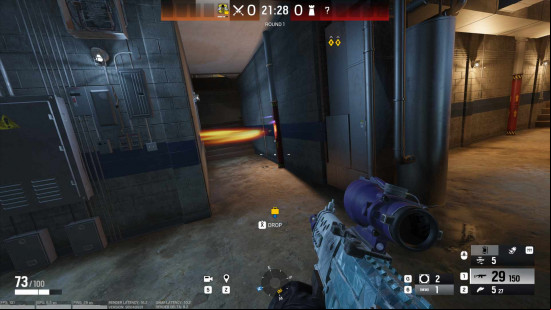
Mining from the same remastered vein, there's no new operator this season. Instead, Clash is tasked with welcoming Siege X with her fresh ability to plonk her shield into the ground and pick it back up again. Early videos of content creators gunning enemies down from the comfort of her own CCE shield had me concerned about balance, but dare I say she's already in a pretty good spot.
Since Ubisoft has removed tick damage from all electricity in the game, giving her the ability to set up shop and take fights with her secondary is an interesting compromise. It does walk the fine line of a one-woman army since she no longer intrinsically relies on backup. That said, you'll find similar teamwork in the form of pairing her with Wamai or Jager to stop projectiles from destroying the shield once it's in place.
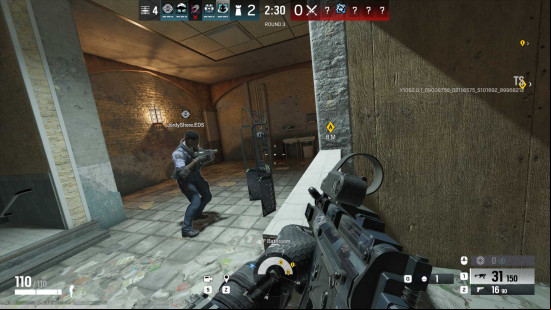
The most fun part of Siege X is also its most divisive. You'll need to forget everything you know about the game's audio and start from square one, making even seasoned players feel like a recruit again.
Through redeg its sound engine with better reverb and propagation modifications, footsteps are far more directionally accurate than before. No longer will you hear gunfire from across the map as shots from just two rooms away muffle through the walls between. Similarly, close-quarters action will feel as intimate as it should, rather than like it's happening on the next map.
I'm not entirely a believer just yet, as it does have some quirks. You can watch someone walk up a set of stairs right in front of you, and the audio will turn from crisp and clear to muted without breaking line of sight, making it feel somewhat gamified. The trade-off is that you can now always tell when someone's above or below you. Ultimately, it's a learning curve that some will embrace and others will struggle with.
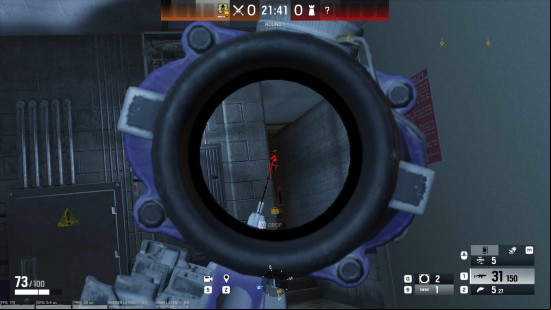
Siege X's biggest addition from a content perspective is Dual Front. This 6v6 game mode is a hybrid of Battlefield's Breakthrough and bomb, forcing you to infiltrate enemy territory and plant the def, all while you defend your own base. Anything goes in the neutral zone, where in-match events like rescuing a hostage will crop up mid-game to earn you an advantage. Just make sure you prepare your secondary loadout accordingly, otherwise you'll kick yourself for bringing that Baliff or ITA12S the moment you start the escort.
Ubisoft intends to use Dual Front to deliver narrative elements that will evolve over time, and I'm keen to see how it all shakes out. After all, bios and short-form animated videos only go so far in expanding the universe.
It's not quite as memorable as Outbreak, which spawned its own failed spin-off in the form of Extraction, but it stands on its own two feet. For starters, respawning feels natural compared to the chaos of Team Deathmatch, and you'll keep those idle hands busy droning when you're out of action. Dual Front also rewards strategy and teamwork as you learn to divide and conquer. I'm just not sure I'll get used to rappelling as a defender anytime soon.
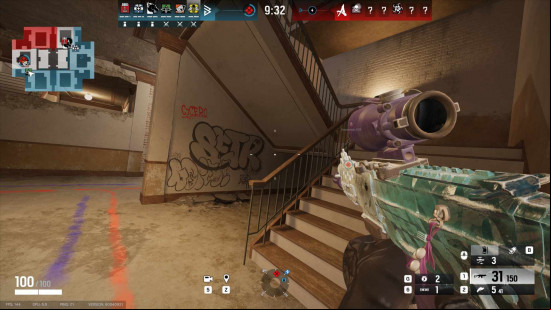
On one hand, I'm jealous of those whose first Siege experience is with X. The FPS game is more polished than ever, with a distinct focus on onboarding fresh-faced players using improved AI and a set of newcomer challenges to pave the way for progression. There's even a new context wheel when you hold the yellow ping button, allowing you to inform your team more accurately of the dangers that lie ahead without overcrowding voice chat.
As a returning player, however, it's much more of the same. Ubisoft isn't wrong in billing this as the most significant evolution in the game's history, but it pores over the small details rather than making great strides. I enjoy advanced rappel mechanics that let me fly around building corners like Spider-Man, and that maintained momentum means I no longer feel like a sack of spuds when falling. I love that the interface feels snappier and the adjusted Pick and Ban system gets you into the action quicker with far less downtime. For folks like me who can't get enough of the ten-year-old formula, it hits the nail on the head, but it may well leave others pining for something a bit bolder.
